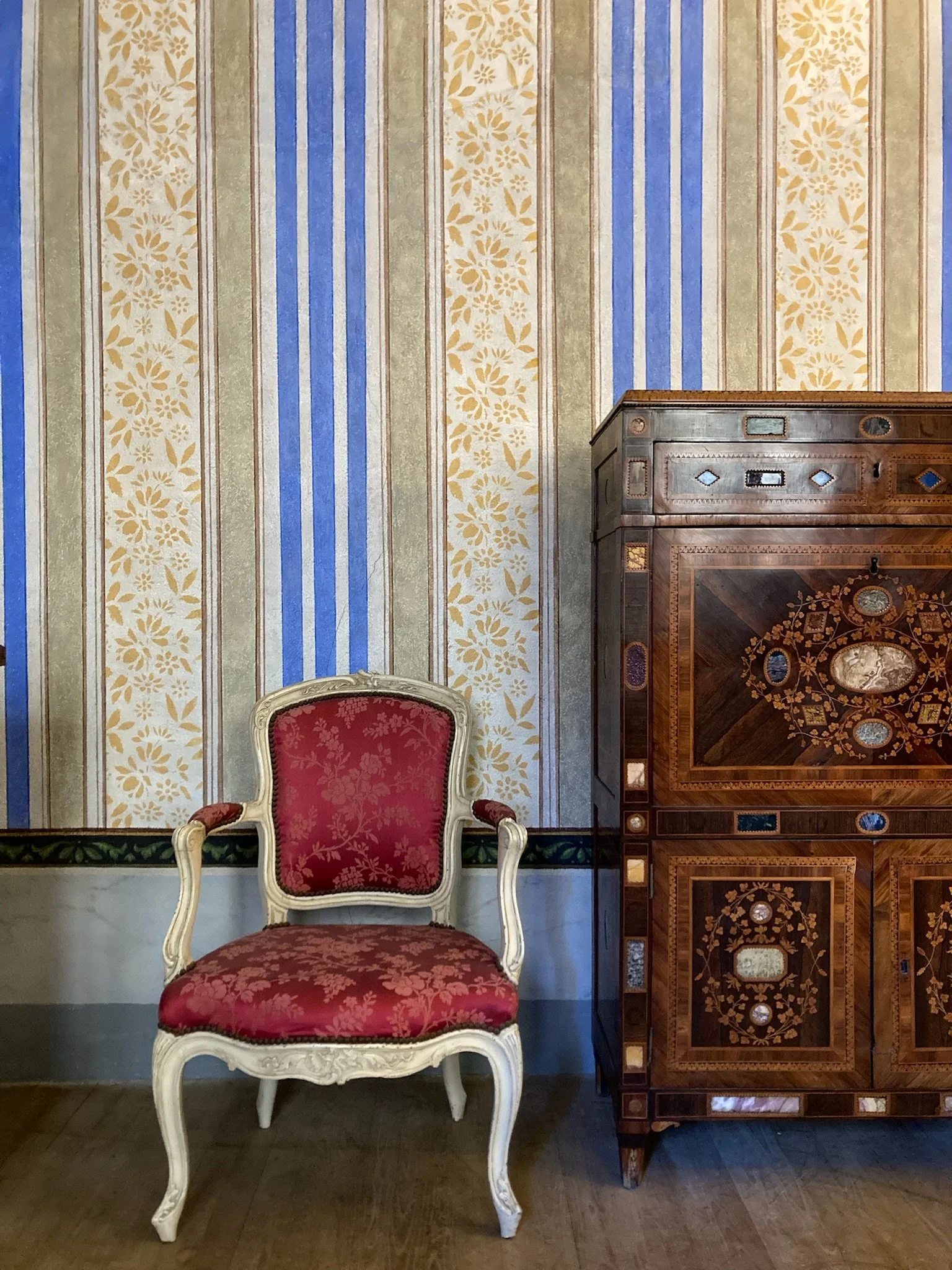Neoclassicism and Empire: Embracing Timeless Elegance in Modern Interiors
Hello there! Abi from Interior Design and Property Solutions (IDPS) in Devon. Today, we're excited to guide you through the elegant world of Neoclassicism and Empire style—a fusion of classical grandeur and refined simplicity that's making a stylish comeback in modern interiors.
Whether you're renovating a Georgian townhouse in Exeter or updating a contemporary home in Barnstaple, these timeless styles offer a sophisticated way to blend history with modern living. Let's explore how you can incorporate Neoclassical and Empire elements into your space, creating a home that exudes elegance and harmony.
Understanding Neoclassicism and Empire Style
Neoclassicism emerged in the mid-18th century as a reaction against the ornate Rococo style. Drawing inspiration from ancient Greek and Roman art and architecture, it emphasised symmetry, simplicity, and the use of classical motifs. Interiors featured clean lines, muted colour palettes, and luxurious materials, creating spaces that were both refined and timeless.
Empire style, which flourished during Napoleon Bonaparte's reign in the early 19th century, took Neoclassicism to new heights. It embraced boldness and grandeur, incorporating motifs like eagles, sphinxes, and laurel wreaths. Furniture was often heavy and imposing, with rich materials such as mahogany and ormolu (gilded bronze). Despite its opulence, Empire style maintained the Neoclassical emphasis on order and proportion.
Key Characteristics of Neoclassical Interiors
Symmetry and Balance: Rooms are arranged to create a sense of harmony, with furniture and decor elements mirrored on either side of a central axis.
Muted Color Palettes: Soft hues like cream, beige, and light gray dominate, accented by deeper tones such as navy or forest green.
Luxurious Materials: The use of marble, polished wood, and gilded accents adds a touch of opulence without overwhelming the senses.
Classical Motifs: Elements like columns, urns, and friezes evoke the grandeur of ancient civilizations.
Understated Elegance: Decor is refined and purposeful, avoiding excessive ornamentation.
Integrating Neoclassical Elements into Modern Homes
To bring Neoclassical elegance into your home, consider the following:
Architectural Details: Incorporate columns, pilasters, and cornices to add depth and structure to your space.
Furniture Selection: Choose pieces with clean lines and classical proportions. A Klismos chair or a Roman-inspired console can serve as focal points.
Color Scheme: Opt for a neutral base with accents in rich, jewel tones. This approach maintains the style's elegance while adding warmth.
Lighting: Crystal chandeliers or sconces with gilded finishes can illuminate your space while enhancing its grandeur.
Artwork and Accessories: Select classical sculptures, urns, or framed prints depicting mythological scenes to reinforce the theme.
Exploring Empire Style in Interior Design
Empire style is characterised by its boldness and grandeur. To incorporate Empire elements into your home:
Statement Furniture: Look for pieces with strong lines and rich materials. A mahogany sideboard or a gilded mirror can make a dramatic statement.
Decorative Motifs: Incorporate symbols like eagles, laurel wreaths, and sphinxes into your decor to evoke the Empire aesthetic.
Rich Colour Palette: Deep reds, golds, and blacks dominate, creating a sense of luxury and power.
Luxurious Fabrics: Velvet and silk curtains, cushions, and upholstery add texture and richness to your interiors.
Lighting: Opt for large, ornate chandeliers or sconces to provide illumination and enhance the room's opulence.
Blending Neoclassical and Empire Styles in Modern Interiors
Combining elements from both styles can create a harmonious and sophisticated space. Here are some tips:
Balance Proportions: While Empire style is bold and imposing, Neoclassicism is more restrained. Balance heavy furniture with lighter pieces to maintain harmony.
Layer Colors: Use a neutral base and layer in deeper tones from the Empire palette to add depth and interest.
Mix Materials: Combine luxurious materials like marble and gilded accents with more contemporary finishes to create a balanced look.
Highlight Architectural Features: Emphasise columns, arches, and mouldings to draw attention to the room's structure.
Curate Decor: Select decor items that reflect both styles, such as a classical sculpture paired with an Empire-style mirror.
Final Thoughts
Incorporating Neoclassical and Empire elements into your home allows you to create a space that is both timeless and contemporary. By focusing on symmetry, luxurious materials, and classical motifs, you can infuse your interiors with elegance and sophistication.
If you're considering integrating these styles into your home, we're here to help. At IDPS, we offer personalized design consultations to guide you through the process, ensuring that your space reflects your unique style and preferences.
Feel free to reach out to us for more information or to schedule a consultation. We look forward to helping you create a home that embodies the beauty and grandeur of Neoclassical and Empire design.



